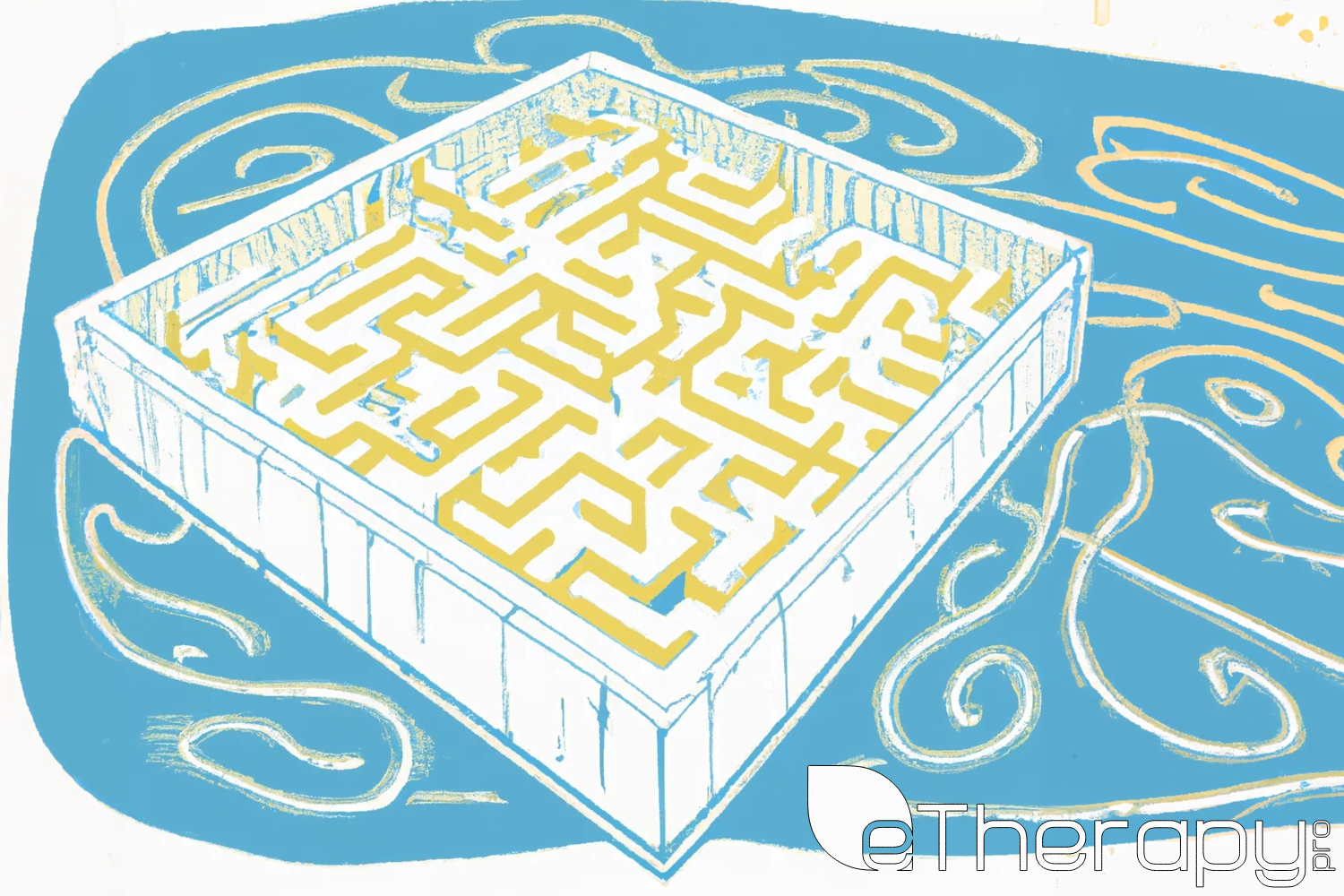 Mental health has been a topic of growing interest, but with it comes deeply rooted prejudices. To combat this stigma of mental health, we must first understand its origins and the harmful ways it manifests in society. By listening to real stories and implementing informed strategies, we can create a more compassionate society.
Mental health has been a topic of growing interest, but with it comes deeply rooted prejudices. To combat this stigma of mental health, we must first understand its origins and the harmful ways it manifests in society. By listening to real stories and implementing informed strategies, we can create a more compassionate society.
Understanding the Stigma of Mental Health
The stereotypes and prejudices surrounding mental health didn’t just appear overnight. They have been cultivated over centuries, fueled by fear, misunderstanding, and ignorance.
Historical Views on Mental Health
In ancient times, people with mental illnesses were often believed to be cursed, possessed by spirits, or undergoing divine punishment. These individuals were frequently subjected to cruel treatments or were ostracized from their communities. As medical understanding evolved, so did our perceptions, but many of these antiquated beliefs linger subconsciously, influencing our modern views on mental health.
Fear of the Unknown
Because mental health conditions often lack visible symptoms, many find them challenging to understand. This invisibility creates a divide where those unaffected might downplay or trivialize the experiences of those who suffer.
Personal Accounts: A Lens into Reality
Real-life stories provide a face and a narrative to the often abstract concept of mental health, creating a bridge of understanding.
Jane’s Battle with Depression
Jane, once a vibrant college student, started withdrawing from social activities, plagued by a persistent sadness. While many tried to console her with phrases like “just be positive,” few understood the gravity of her feelings. This lack of understanding isolated Jane further, highlighting the need for more awareness.
Michael’s Journey with Anxiety
Michael, on the surface, had it all. A top-level executive job, a loving family, and respect from his peers. Yet, behind closed doors, panic attacks were a frequent visitor. When he finally mustered the courage to discuss his feelings, some colleagues passed it off as “normal work stress,” revealing the depth of misunderstanding around mental health conditions.
The bravest thing I ever did was continuing my life when I wanted to die. – Juliette Lewis
Strategies to Break Down the Barriers
Addressing stigma of mental health isn’t just about highlighting the problem—it’s about providing solutions.
Education as a Catalyst for Change
Information is power. By demystifying mental health through education, we can reshape societal views.
- Awareness Campaigns: Schools and workplaces can host speakers, workshops, and training sessions to educate people about mental health.
- Personal Testimonies: Platforms where individuals share their experiences can be eye-opening and reduce fear of the unknown.
Media’s Role in Shaping Perceptions
The media wields significant influence over public perception. Therefore, how it portrays mental health is crucial.
Celebrating Positive Portrayals
Shows and movies that treat mental health with nuance and respect not only educate their audiences but also make those with mental health conditions feel seen and understood.
Holding Media Accountable
Critiquing shows and movies that perpetuate harmful stereotypes can usher in change. Boycotting, writing reviews, or even public discussions can apply pressure on creators to be more responsible.
What mental health needs is more sunlight, more candor, more unashamed conversation. – Glenn Close
Community Efforts: From Isolation to Inclusion
Communities can either be sources of support or further alienation. The more inclusive and informed they are, the better it is for everyone.
Safe Spaces for Discussion
Book clubs, support groups, and community centers can provide judgment-free zones where people can discuss their experiences and feelings.
Professional Outreach Programs
Mental health professionals can extend their services outside the traditional office setting. By offering free community workshops or school seminars, they can spread accurate information and provide support.
Encouraging Open Conversations
Normalizing discussions around mental health by including them in everyday conversations, school curriculums, or workplace trainings can dispel myths and reduce mental health stigma.
Steps Forward for Every Individual
Everyone has a part in sculpting a society free from the shackles of stigma. Here are detailed ways you can take steps in your daily life to combat mental health prejudice.
Listen Actively
Active listening is not just about hearing words but truly understanding and feeling them. It involves:
- Being Fully Present: Put away distractions. This means setting down your phone and maintaining eye contact. Show the speaker they have your full attention.
- Avoiding Interruptions: Allow the person to finish their thought before you respond. Avoid cutting them off or finishing their sentences.
- Showing Empathy: Responses like “That must be tough for you” or simple non-verbal cues like nodding can show the speaker that you’re genuinely trying to understand their experience.
- Refraining from Quick Solutions: Sometimes, people don’t want solutions. They just need someone to listen. Instead of jumping in with advice, perhaps ask, “How can I support you?”
Educate Yourself
Knowledge is the first step in erasing ignorance. Familiarize yourself with the realities of mental health:
- Books: There are numerous well-researched books on mental health. Titles like “The Noonday Demon: An Atlas of Depression” by Andrew Solomon can provide profound insights.
- Documentaries: Films such as “Stephen Fry: The Secret Life of the Manic Depressive” give firsthand accounts of what it’s like to live with a mental health condition.
- Workshops and Seminars: Check your local community centers or educational institutions for workshops that can enhance your understanding.
Speak Up
Silence can perpetuate harmful stereotypes. Be an advocate in your circles:
- Address Misconceptions: If someone says, “He’s just seeking attention,” you could respond with, “It might seem that way, but mental health struggles are complex. It’s crucial to approach the topic with understanding.”
- Share Stories: Whether it’s your personal experience or stories you’ve heard or read, sharing can humanize the issue.
- Encourage Open Discussions: If someone in your circle opens up about their struggles, support and praise their courage. It can inspire others to speak up too.
- Promote and Share Resources: Know helplines, websites, or local groups that offer support and share them with friends and family.
By taking these individual steps, you’re not only improving your understanding but also actively playing a role in reducing the stigma surrounding mental health in society.
A Hopeful Future
Addressing the stigma of mental health requires combined societal effort. Through education, understanding, and compassion, we can envision a world where mental health discussions are as normal as any other health conversation. And in that world, many will find the support they’ve longed for.
